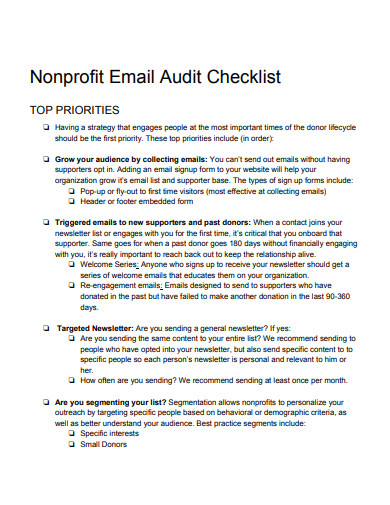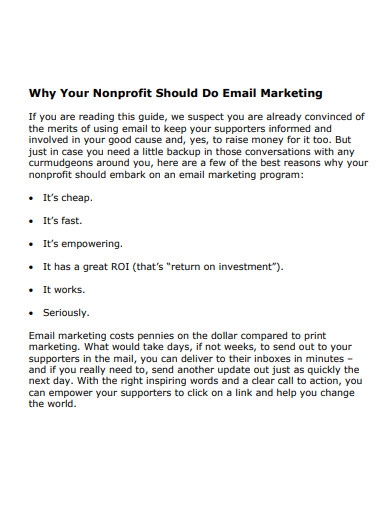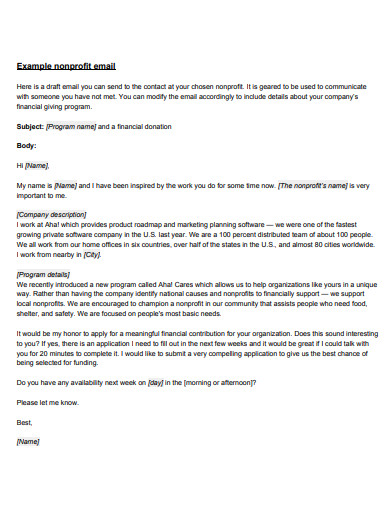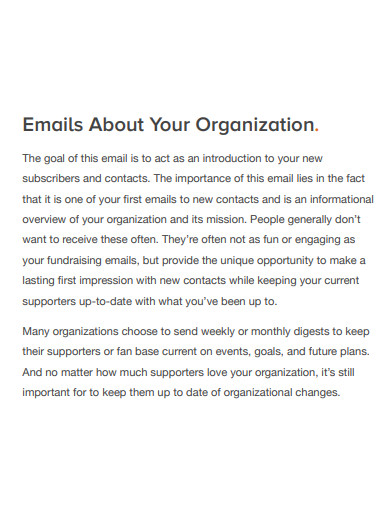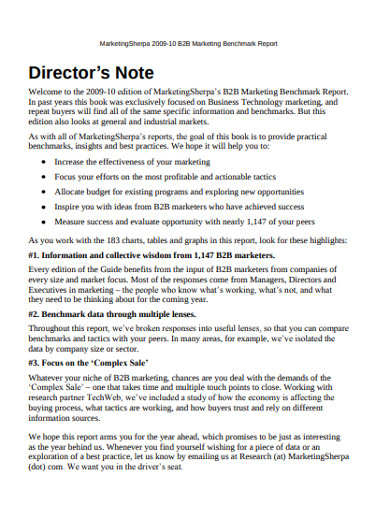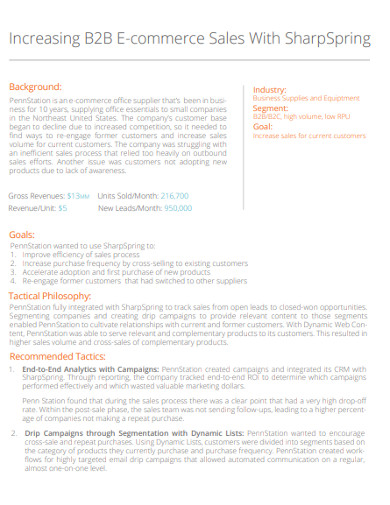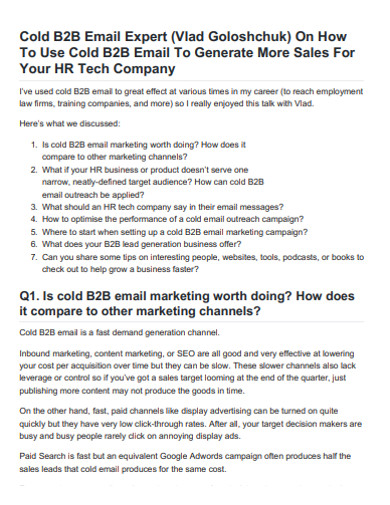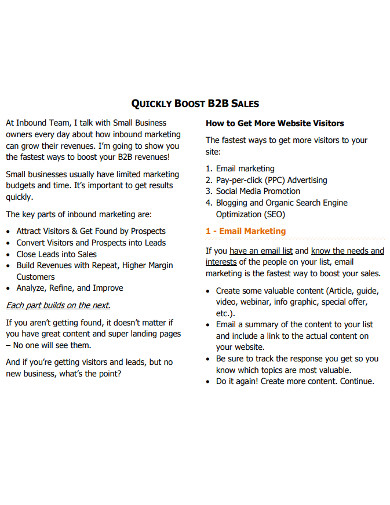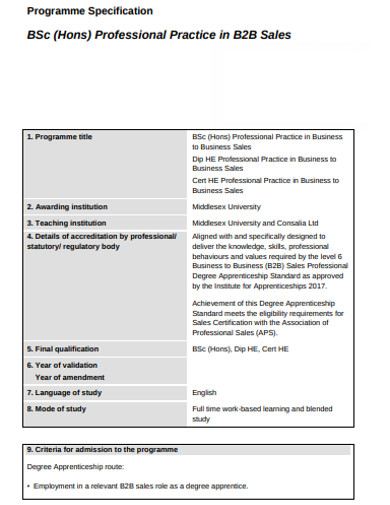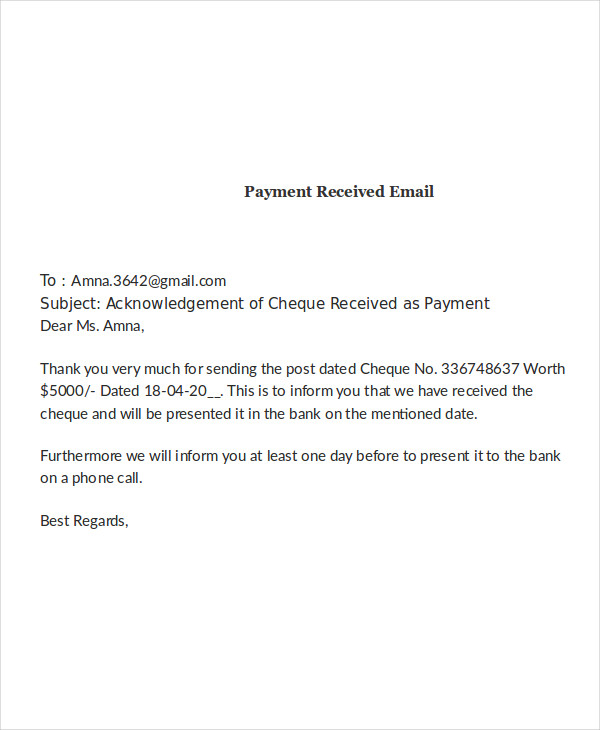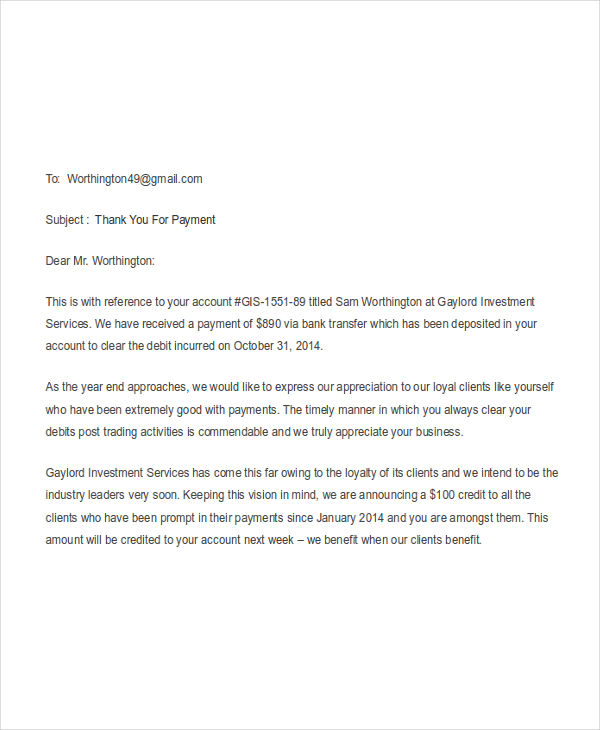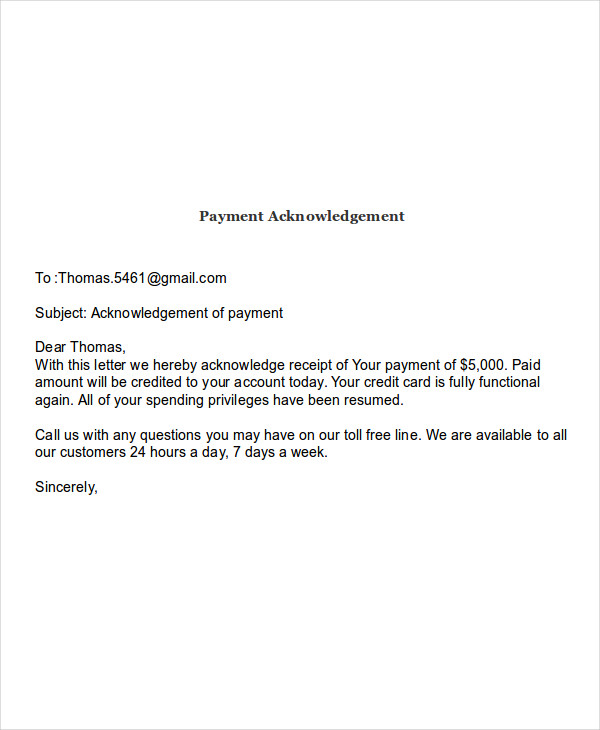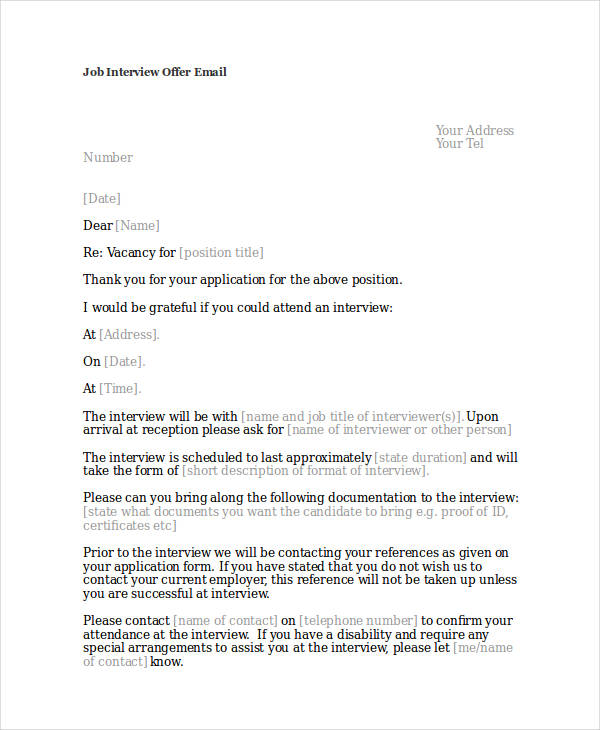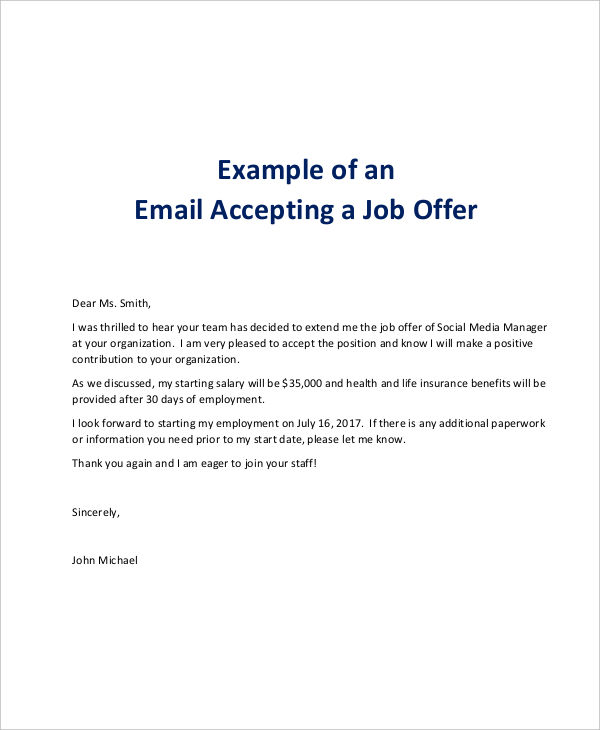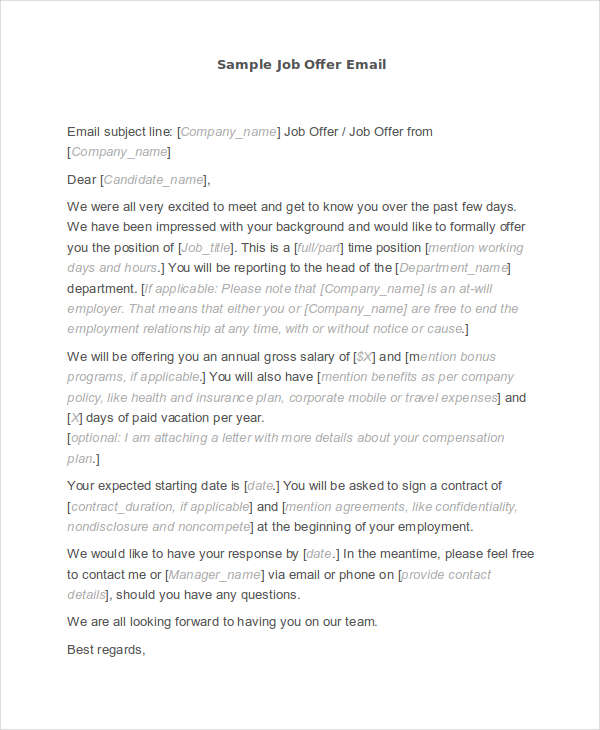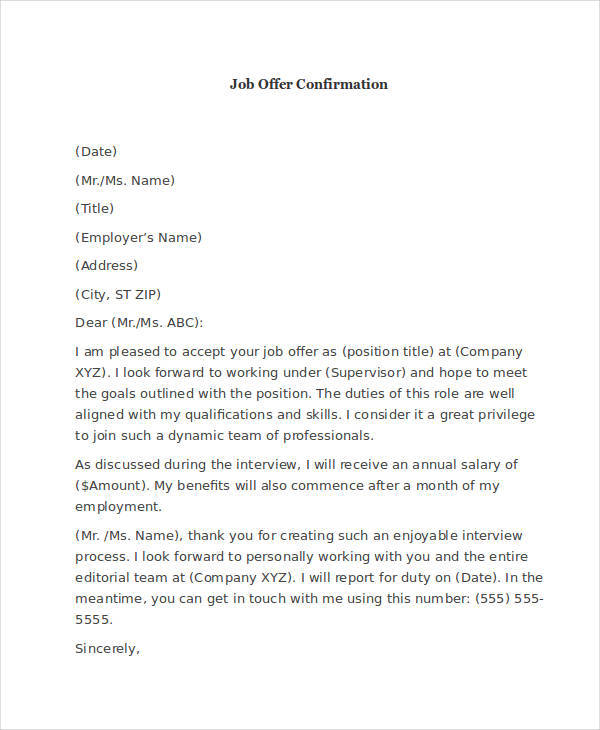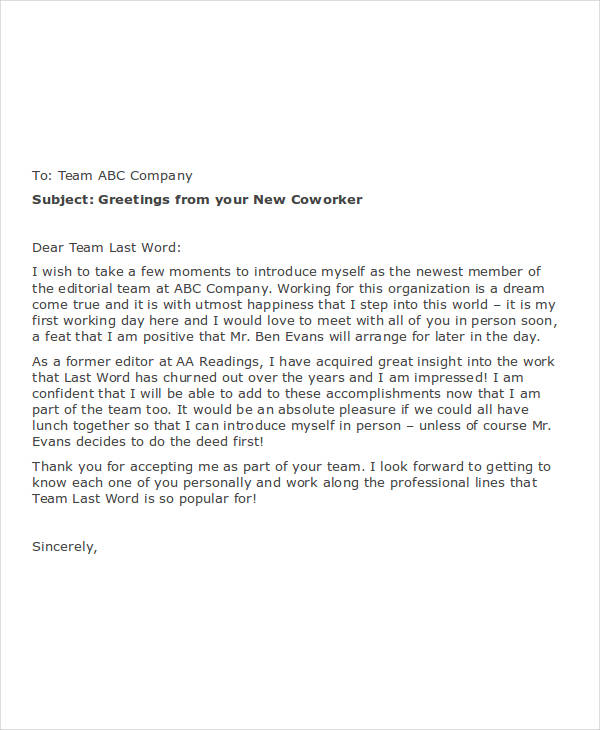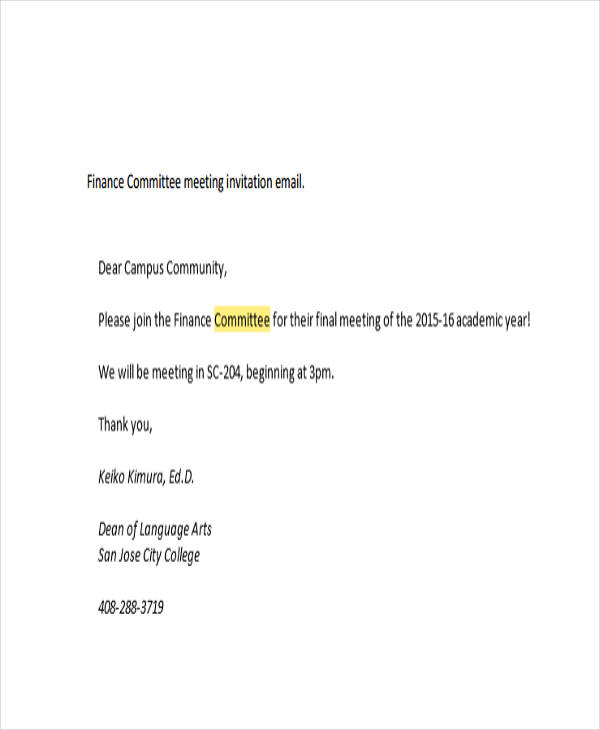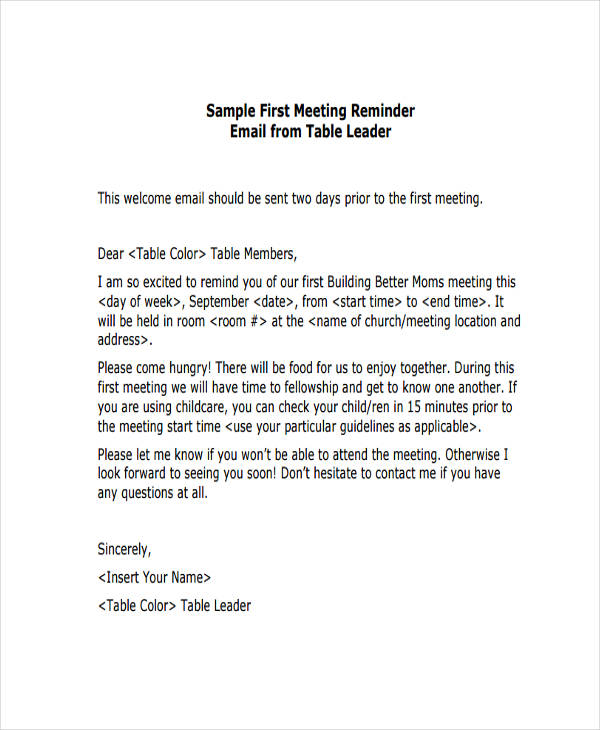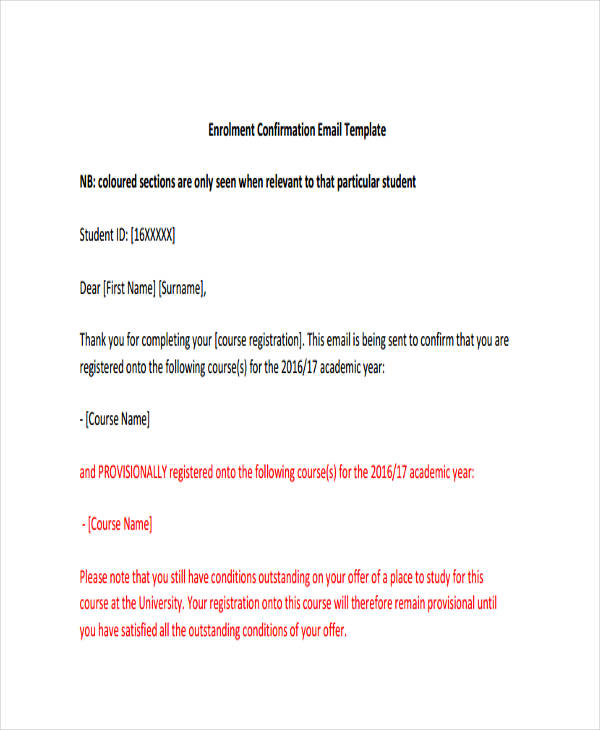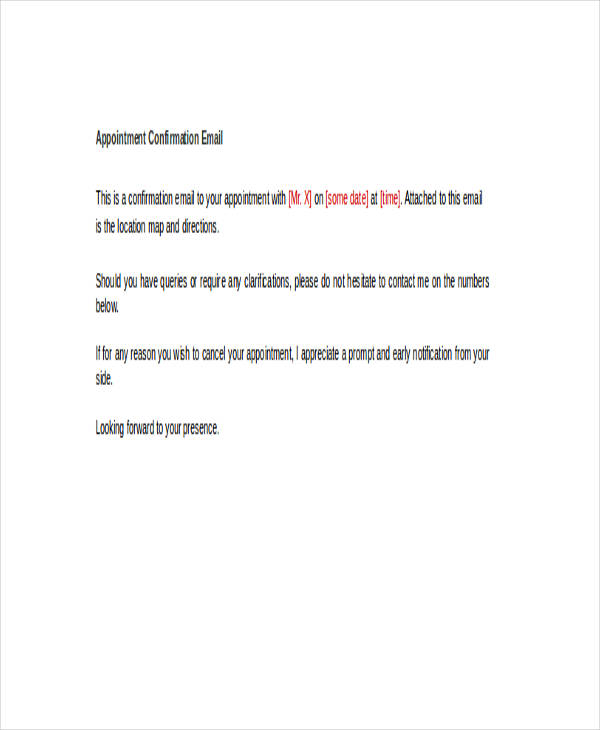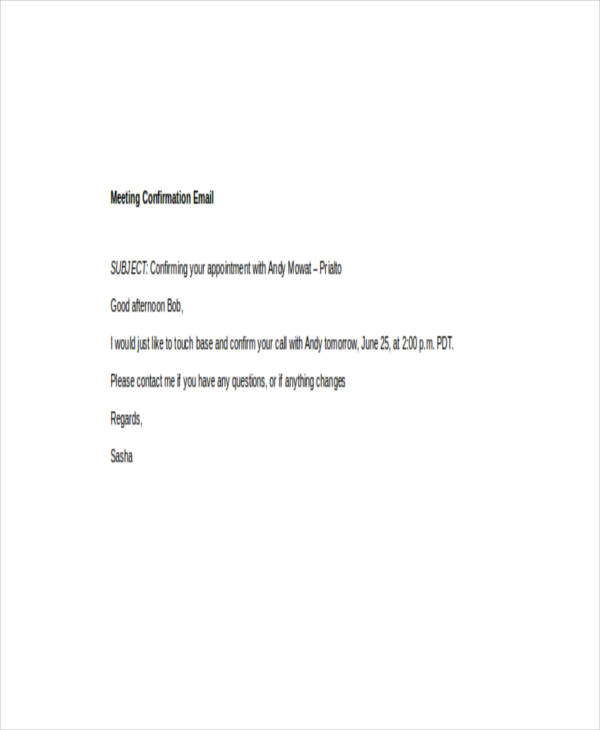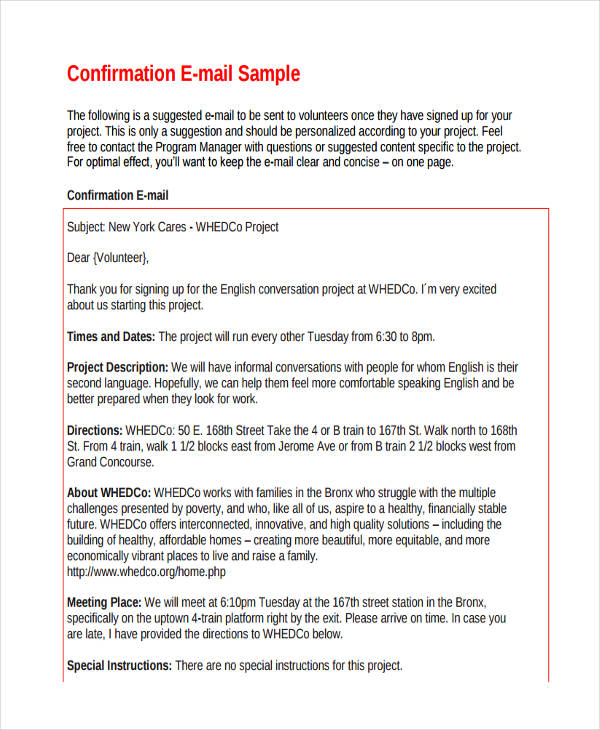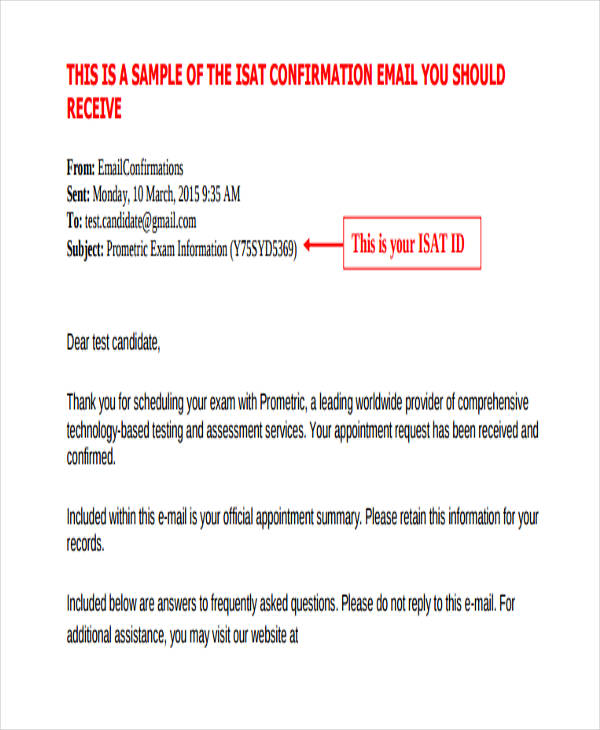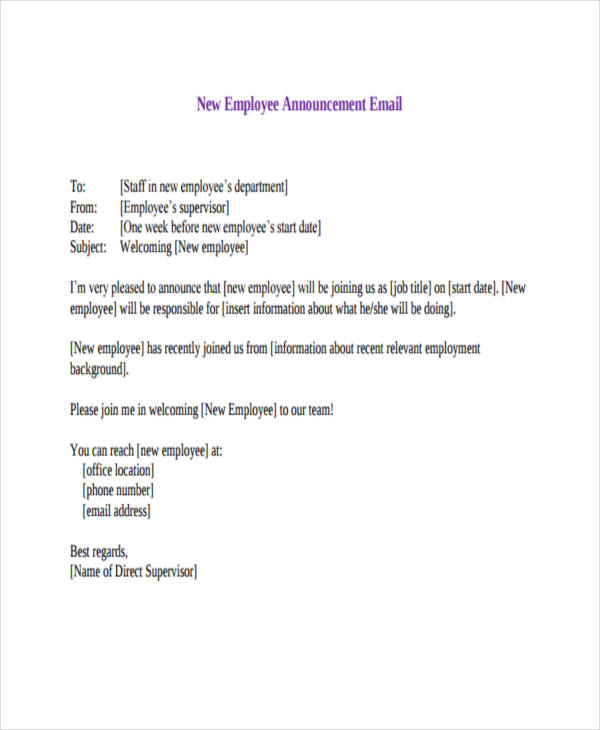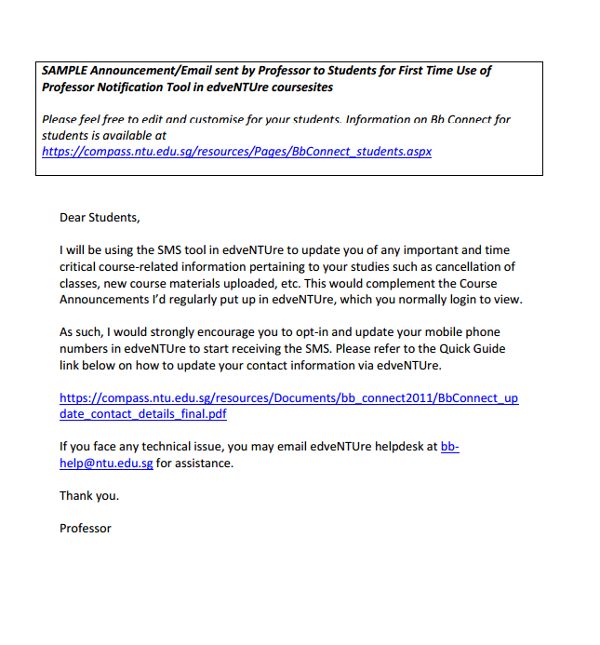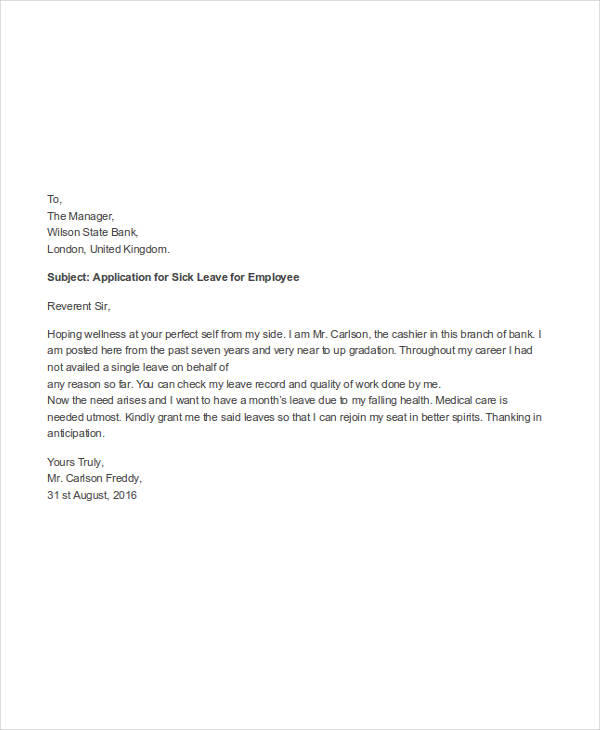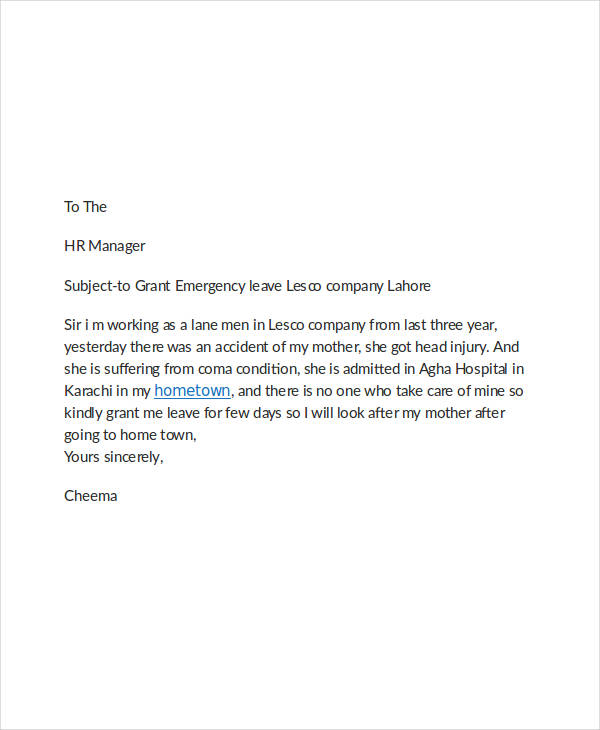36+ Email Examples to Download
There are many ways a person can communicate with another person in a different or far away place or setting. This is wholly dependent on the preferred medium of communication the person will have. If they want to communicate with a physical document, then they will use a letter; email is the digital medium of communication. One can use email to seamlessly and quickly send messages to people through the use of a digital emailing software or service provider.
1. Thank You Email
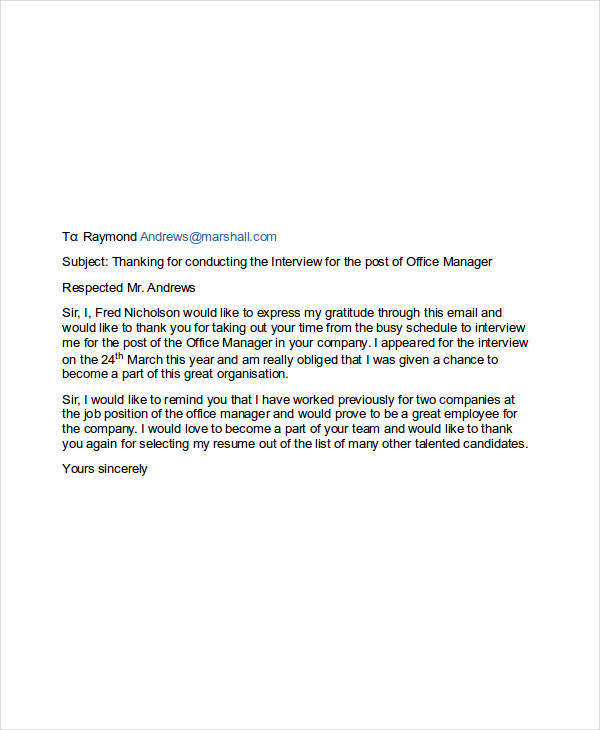
2. Follow Up Interview Example
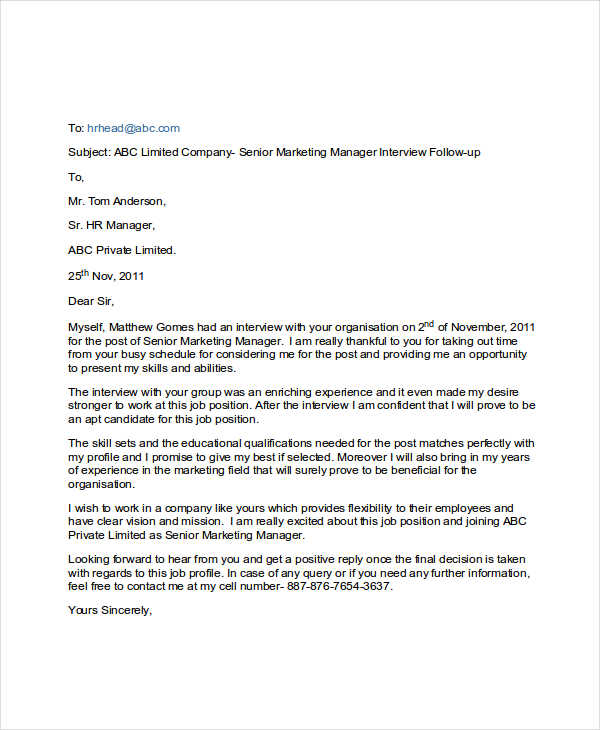
3. Feedback Interview Email

4. Confirm Interview
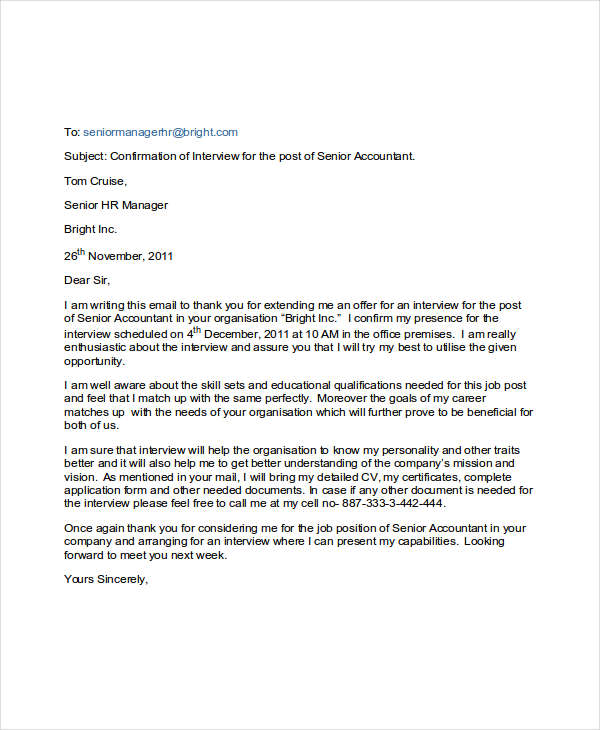
5. Nonprofit Email Audit Checklist
6. Nonprofit Email Marketing
7. Nonprofit Email Example
8. Nonprofit Email and Letter Template
9. Sample Nonprofit Email Marketing
10. B2B Sales Email Report Example
11. B2B E-Commerce Sales Marketing Email Example
12. B2B Company Sales Email Example
13. Sample B2B Sales Email Example
14. Professional B2B Sales Email Example
15. Payment Received Email
16. Payment Thank You Email
17. Payment Acknowledgement
18. Job Interview Offer Email
19. Job Acceptance Email
20. Sample Job Offer Email
21. Job Offer Confirmation
22. Sample Email to Colleagues
23. Cold Emailing for Internship
24. Meeting Invitation Email
25. Meeting Supervisor
26. Reminder Email
27. Enrollment Confirmation Email
28. Appointment Confirmation
29. Meeting Email
30. Confirmation Sample
31. Exam Confirmation Email
32. Job Email Example
33. New Employee Announcement
34. Announcement Email to Student
35. Sick Leave Email Example
36. Emergency Leave Email Example
37. Formal Leave Application
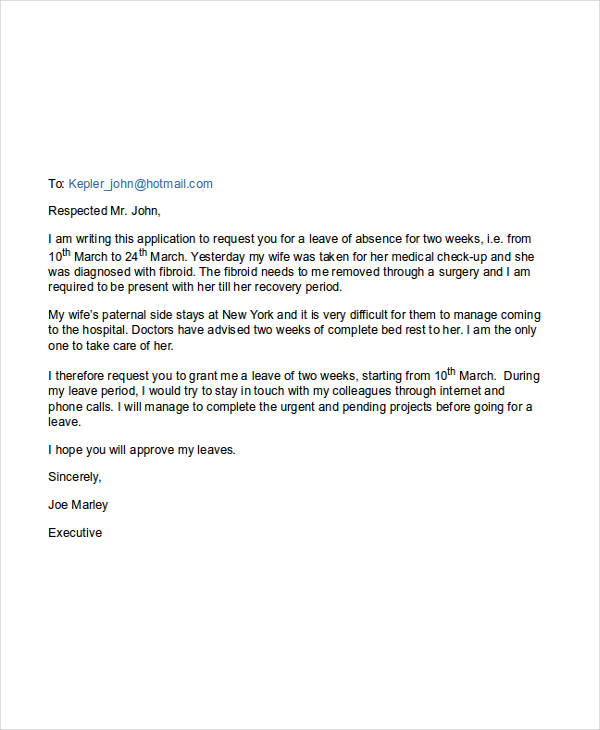
What Is an Email?
An email is a type of digital communication where a person will compose a message and insert it into an email, which will contain an email subject line and the sender’s details. A person can use an email for various purposes, contexts, themes, and tones, which is highly dependent on the wants and needs of the sender.
How to Write an Email
It is very easy to write an email as there are only a small number of essential elements and sections you need to fill in. If you need various references, outline formats, or examples, you may use any of the email examples, templates, and outlines on the links above.
Step 1: Select the Context of the Email
Start by selecting and choosing the overall context of the email. This will allow you to determine the style and tone of the contents of your email. Not only that, you will also be able to easily note down the subject line of the email.
Step 2: Write Down the Reciever and the Subject of the Email
When you have chosen the context of the email, you must write down the receiver and the subject line of the email. If you want multiple people to receive the same email, you can choose to either include more than one receiver or create carbon copies (CC).
Step 3: Insert the Contents of the Email
You must start with a salutation and a greeting. If it is a personal email, then it wholly depends on the relationship you have with the recipient. Then, you will write down the contents of the email, which will make up the majority of the email.
Step 4: Write an Email Sign-Off
The email will end with a sign-off that will close off the email. The overall tone of the email will determine the types of sign-offs you can use in the final section of the said email.
FAQs
What is an email sign-off?
People use the email sign-off after an email message before the sender’s name or signature. It conveys respect, professionalism, and a sense of completion to the email message.
What is the main difference between a letter and an email?
The primary distinction between a letter and an email is the mode of communication. Emails are digital messages delivered electronically over the Internet, whereas letters are physical papers often sent by postal mail. Furthermore, emails are sometimes more casual and faster to dispatch than traditional letters.
How long should my email be?
The optimal length of an email varies based on the goal and receiver, but a general rule of thumb is to keep it brief and to the point. Generally, you should create emails that people can read in a minute or two.
Email is a mode of communication one can adopt when one wants to send a message to another person regardless of distance. Unlike letters, people can send and receive emails fairly quickly but at the cost of formality. It is important to know how to use this mode of communication.


